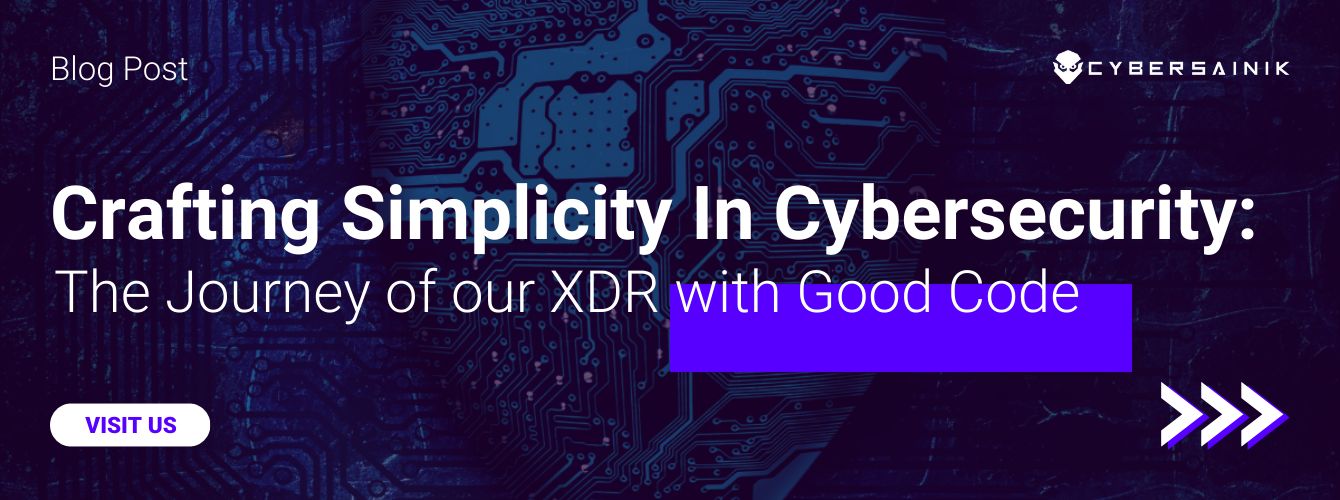You may remember in the past receiving obnoxious, in-your-face emails with formatting that was horrible, grammar that was even worse, and hyperlinks that seemed… fishy. Just by seeing the title or viewing the preview, you could tell something wasn’t quite right, so you promptly deleted it. Good for you, you just avoided a phishing attack.
Phishing has been around since the earliest days of the internet and has been the culprit in innumerable cyberattacks that have resulted in incalculable amounts of personal and professional damage worldwide. In fact, 91% of cyberattacks begin with a phishing attack. Now, thanks to spam filters and antivirus software, those phishy emails may seem few and far between, but the methods used by cybercriminals have become sophisticated to the point that what may seem like the most legitimate email, website, phone call, or text message could be an attack just waiting to happen.
Read more about the 7 Most Common Phishing Attacks.
Here is how you can proactively protect your business from a phishing attack and potentially save your company millions in damages.
- Continuous Employee Training
- Establish Information Sharing Guidelines
- Email Security Software
- Install Antivirus Software and Firewall
1. Continuous Employee Training
Phishing is the most common method cybercriminals use to compromise a business’s data so chances are your employees will get hit with some form of phishing while on your company’s network. One of the most effective ways you can protect your business is through continuous employee cybersecurity training. 65 percent of all data breaches are due to human error, training your employees to recognize security risks will save your business a lot of trouble.
2. Establish Information Sharing Guidelines
It is often required in a company to share critical information between employees. Cybercriminals will take advantage of this by spoofing credible email addresses within your company and requesting critical information. Ideally, no critical information should be shared via email without authentication from both parties. It can never be stated enough that any sharing of information, such as passwords, requires the utmost caution. If a request seems fraudulent, confirm via phone that the request is valid.
3. Email Security Software
For most businesses, a spam filter just doesn’t cut it. Allowing all emails to come through to an inbox is too great a risk. An email security service will vet incoming emails by stricter and more effective methods than spam filters, flagging suspicious links, and attachments and identifying impersonation attempts.
Intercompany communications will become a much safer and more effective process through the use of an email security system.
4. Install Antivirus Software and Firewall
Probably the most basic (but no less crucial) action a company can take against phishing is to install Antivirus Software companywide (or use a managed VDI) to mitigate the possibility of any malware making its way into the system through a phishing attack. Antivirus sifts through incoming communications and flags potentially harmful applications and messages. Essentially this adds a double layer of security on top of the Email Security to ensure optimal screening of content. Additionally, a Firewall will come into play in the event of in-session phishing by monitoring and blocking incoming and outgoing traffic on a specific network.
Bottomline
The scariest thing about phishing emails is that without putting systems in place to avoid them, there is an almost 100% chance your company will fall prey to a phishing attack. The only wrong action is taking no action. Protect your business from phishing by implementing Email Security today. Contact us today




